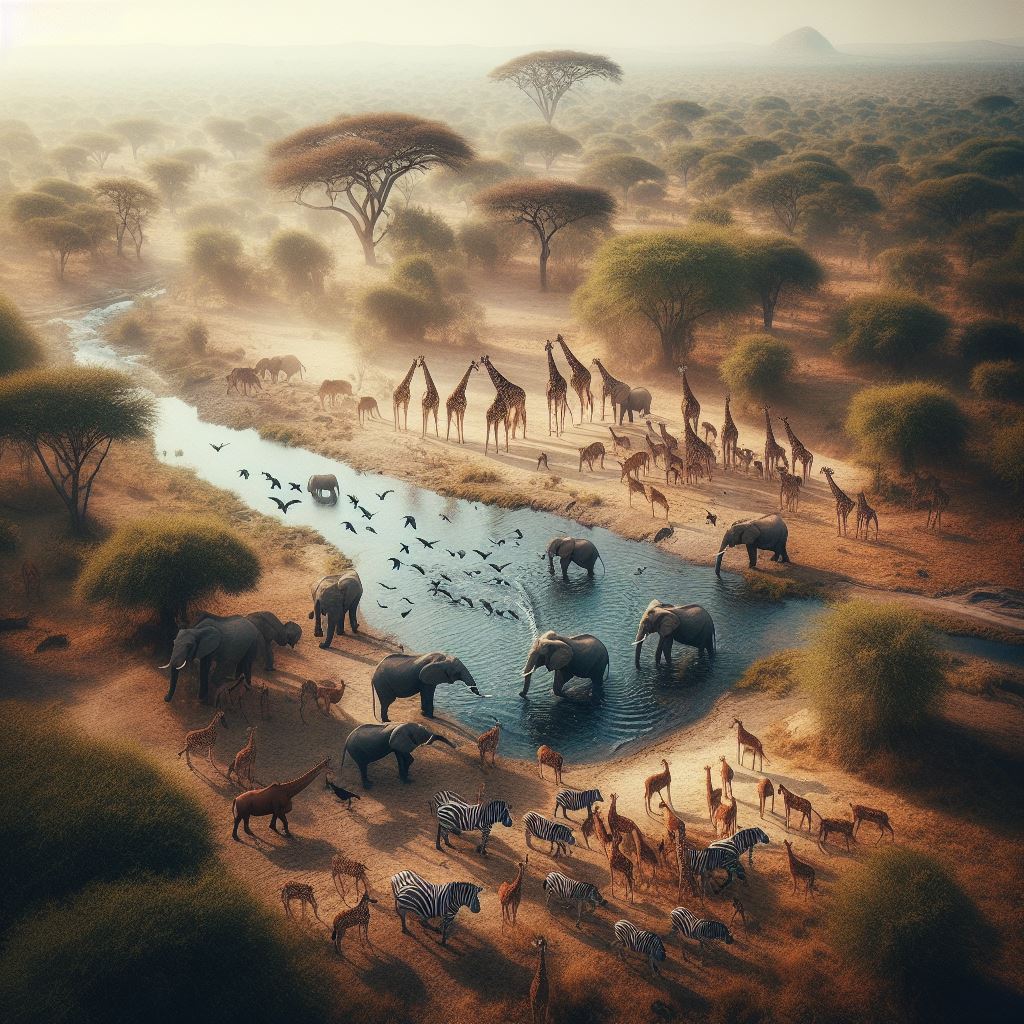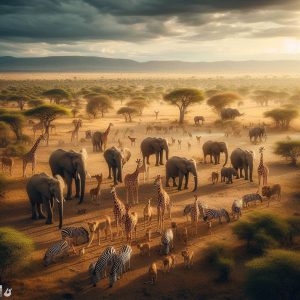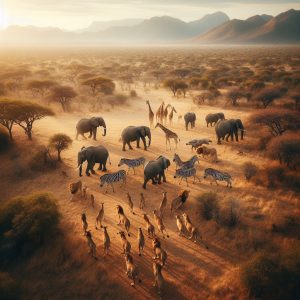South Africa Animals: An Up-Close Look at Iconic & Endangered Species
From prowling big cats to waddling penguins, South Africa animals an unparalleled diversity of wildlife. As species face mounting threats, visitors play a vital role in supporting conservation efforts simply by witnessing these animals firsthand.
The Legendary “Big 5” – Worthy of Their Formidable Reputation
Safaris always spotlight the iconic “Big 5” – the most difficult & dangerous animals for early Cape hunters to pursue on foot. Today, visitors celebrate glimpsing these powerful mammals thriving amid the protected wilderness.
| Species | Description |
|---|---|
| Lions |
|
| Leopards |
|
| African Elephants |
|
Rhinos: Prehistoric Tanks Facing Modern Perils
Though rhinos survived Ice Ages and the Pleistocene extinction, today these mega-herbivores battle ever-increasing threats from poachers and habitat loss. Seeing rhinos in protected reserves allows visitors to appreciate the primeval majesty of these ancient odd-toed ungulates while funding round-the-clock armed anti-poaching patrols safeguarding them.
Cape Buffalo: Boisterous Bovines of the Bush
Early settlers called Cape Buffalo “black death” after losing more lives to buffalo gores & stampedes than any other animal! Visitors still give these massively built beasts wide berth as large herds graze the bush. Identifiable by sweeping ridged horns, these notoriously short-tempered bovines get their grim name from attacking anything they perceive as a threat.
Quirky & Critically Endangered: South Africa’s Oddball Mammals
Looking past the “Big 5” reveals a bounty of lesser-known yet utterly fascinating mammals. Ranging from tiny buck-toothed furballs to plate-armored insect-eaters, many of South Africa’s unique mammals face extinction without intervention.
| Species | Description |
|---|---|
| Riverine Rabbit |
|
| Sable Antelope |
|
| Ground Pangolins |
|
Riverine Rabbit: Rarest Bunny on Earth
Imagine a teensy rabbit weighing barely one pound, so rare that a sighting makes headlines across South Africa. The planet’s rarest lagomorph, barely over 100 riverine rabbits remain. These tiny critters owe their very existence to ongoing habitat restoration and breeding programs aiming to pull them back from the brink.
Sable Antelope: Flamboyant Bovines of the Bushveld
Gazing over burnished grasslands, a sable antelope’s curved scimitar horns first catch the eye, soon followed by their striking black & white facial markings. Unfortunately, habitat encroachment and poaching take a heavy toll on these long-legged browsers. Wildlife reserves provide vital sanctuary protecting these threatened beauties.
Ground Pangolins: Walking Pinecones Facing Extinction
Imagine stumbling upon a creature covered in overlapping scales made of keratin – the same protein found in human fingernails and rhino horns. Looking like walking pinecones, these odd anteaters face catastrophic population declines. Getting to glimpse these little-known oddities in reserves and rehabilitation centers helps fund their conservation while raising awareness.
South African Birdlife: Bright, Bustling & Threatened
From ostriches racing across savannas to penguins waddling icy shores, South Africa animals over 850 unique bird species. Vibrantly-plumed songbirds flit through forest canopies while massive raptors soar over grasslands. Expanding agriculture, climate change and other issues jeopardize many birds, making sightings increasingly precious.
- Ostriches: Racing giants reaching 8 ft tall and 40 mph speeds!
- African Penguins: Endearing “jackass” penguins threatened by overfishing and pollution
- Grey Crowned Cranes: Africa’s elegant national bird struggling due to wetland drainage
This overview covers merely a snapshot of South Africa’s wonderfully diverse wildlife. Through supporting ethical tourism and advocating habitat protections, visitors can aid conservation efforts helping ensure future generations also get to enjoy encounters with these awe-inspiring species.
Ostriches: Racing Giants That Can’t Fly
Picture 8-foot tall, 300-pound birds running over 40 mph – faster than most horses’ top speed! Farms offer opportunities to get up close with these unusual flightless fowl. Visitors can pet softly feathered chicks, ride an adult, or even sample rich red ostrich eggs!
African Penguins: Tuxedoed Clowns of the Coast
Waddling awkwardly in their tiny tuxedos, African penguins never fail to delight visitors. These whimsical seabirds nest in coastal colonies vulnerable to pollution from illegal fishing and maritime traffic. Supporting responsible marine tours allows visitors to enjoy spying penguins while funding habitat protections that aim to pull these threatened “jackass penguins” back from the brink.
Grey Crowned Cranes: Africa’s Elegant National Bird
Adorning coins, flags, and coats of arms across Africa, the grey-crowned crane stands as the continent’s national bird. Watching pairs perform while performing graceful dancing hops stirs the soul. But wetland drainage leaves these long-legged waterbirds struggling to survive. Witnessing groups gathered at watering holes reminds visitors why conservation matters.
This overview covers merely a snapshot of South Africa’s wonderfully diverse wildlife. Through supporting ethical tourism and advocating habitat protections, visitors can aid conservation efforts helping ensure future generations also get to enjoy encounters with these awe-inspiring species.
References: Wikipedia.org



